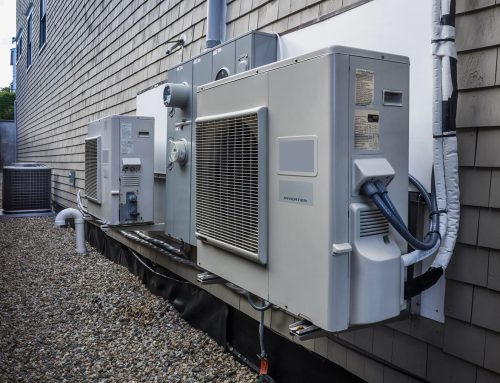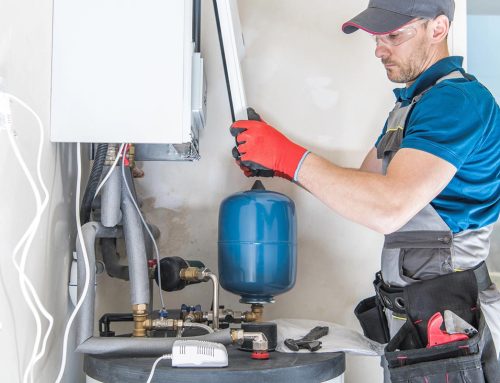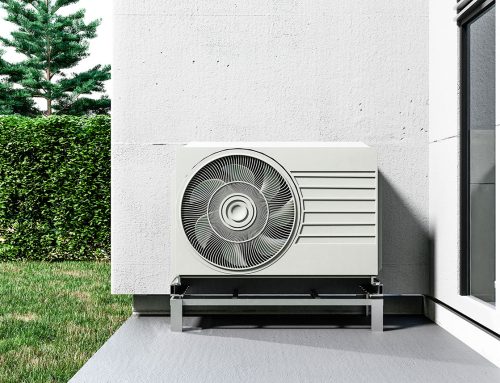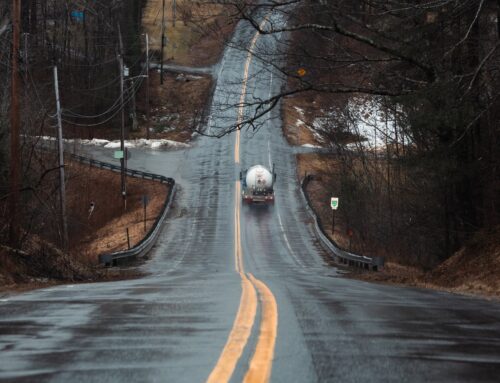
BTU is short for British Thermal Unit. A BTU is a unit of measurement used to quantify the energy required to heat or cool something. One BTU, for example, is the amount of energy required to raise the temperature of one pound of water by one degree Fahrenheit.
Where Is BTU Commonly Used?
BTU is used in a variety of heating and cooling measurement applications, including:
- Heat pumps
- Gas, electric and oil furnaces
- Central air conditioners
- Portable air conditioners
- Boilers
- Wood furnaces
- Gas fire pits
- Gas stoves and grills
What Does BTU Mean for Your Heat Pump?
Unlike gas furnaces, heat pumps don’t burn fuel to produce energy. Because your heat pump merely transfers heat instead of producing it, the amount of energy needed is only a fraction of what a furnace requires. In terms of BTUs, this means your heat pump will have lower BTU/hour performance compared to conventional heating and cooling units.
For instance, the average BTU range for a mini-split ductless heat pump is 6,000 to 48,000 BTU/H, whereas an oil furnace BTU range is 40,000 to 160,000 BTU/H.
The lowest ductless mini-split heat pump that we recommend is 9,000 BTUs, and based on Efficiency Maine Rebates, we often direct Mainers to 15,000 BTU units as the best size in order to maximize their savings.
How Many BTUs Do You Need? That Depends on a Variety of Factors
So, how many BTUs does your Maine home need? There are several different formulas for calculating BTU needs, but the two most important variables for determining BTU needs are square footage and ceiling height.
Generally speaking, the heating and cooling requirements of your heat pump will be dictated by the square footage of the space you want to heat or cool.
Because mini-split ductless heat pumps are used to supplement heat or only control the temperature in a few rooms, we don’t base your calculations on your home’s total square footage. Heat pump systems can be zoned in each living area to offer an energy-efficient alternative to centralized, forced air systems.
Of course, having different zones, segmented spaces, or multiple floors within your home are the main speed bumps we encounter when calculating BTU needs, and we also need to keep in mind that BTU needs will vary by the day, night and season. Outside temperature, insulation and personal preferences will also play a role in your BTU needs.
If it was easy for homeowners to calculate the cubic footage of a space by multiplying the height of the ceiling as well as the length and width of the room and then multiplying that number by .133 to get the BTUs per hour needed to reach your desired temperature, there would be no need for heat pump consultants!
Reach Out to Valley Home Services in Hermon and Brunswick About Your Heat Pump Needs
At Valley Home Services, we specialize in installing energy-efficient ductless mini-split heat pumps to provide efficient heating and cooling for homeowners in the Bangor, Hermon and Brunswick areas.
Whether you need a heat pump for residential or commercial heating and cooling, we have the right unit for you. We can also help you take advantage of great rebates so you can replace your existing heating solution or supplement your central air system at a steep discount.
To schedule your free ductless heat pump installation consultation, call (800) 316-7815. We promise, you won’t have to do any calculations — you can leave that part to us!









